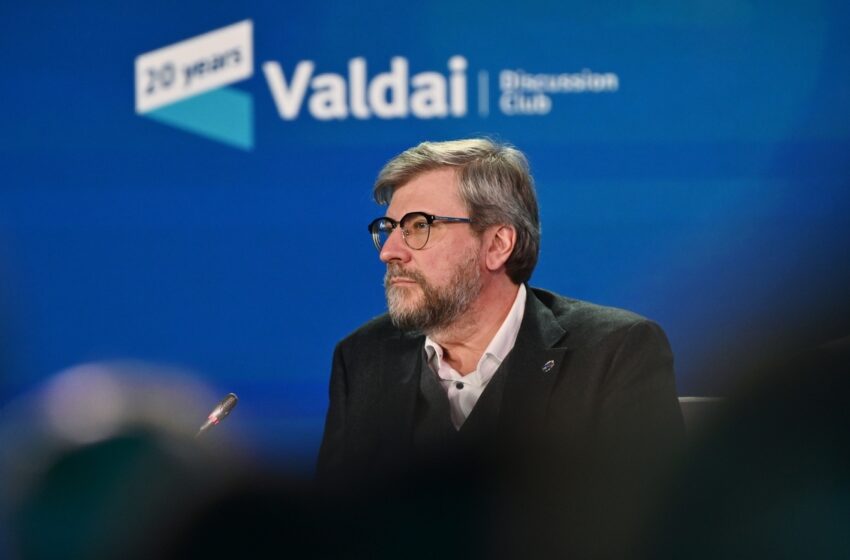RT has compiled the reactions of Russian experts to the summit and what it means for Washington, Moscow, and the global balance of power
The meeting between Russian President Vladimir Putin and US President Donald Trump at Joint Base Elmendorf-Richardson in Alaska marked their first face-to-face talks since Trump’s return to the White House. The summit began with a brief one-on-one exchange inside Trump’s presidential limousine, followed by extended negotiations involving both delegations. At a subsequent joint press conference, the two leaders described the talks as constructive and signaled an openness to a follow-up round of negotiations.
RT has gathered insights from leading Russian experts on how the outcome of the summit is being perceived in Moscow – highlighting the tone, symbolism, and potential global implications of this long-anticipated encounter.
Fyodor Lukyanov, editor-in-chief of Russia in Global Affairs:
Analogies are always imperfect, but the Alaska summit inevitably brought to mind the first meeting between Mikhail Gorbachev and Ronald Reagan in Geneva nearly forty years ago. Not because of its substance – if anything, the content was the opposite – but because of its structure. Just like back then, no deal was struck, but the level of communication shifted dramatically.
Trump didn’t get the diplomatic blitz he was hoping for. But the meeting didn’t end in rupture either. The positional standoff continues. If we follow the logic of the 1980s, the next milestone might be a “Reykjavik moment” – like in 1986, when no agreement was reached, but the ideas floated were radical and far-reaching. The real breakthrough came later in Washington in 1987 with the signing of the INF Treaty – the same agreement that died in two stages, both under Trump’s presidency.
This time, the pace is faster. This isn’t a Cold War; it’s something hotter. There won’t be year-long pauses between summits. We’ll see follow-ups much sooner – of one kind or another. Critics will try to spin the Alaska meeting as a Trump defeat, arguing that Putin dictated the tempo and set the terms. There’s some truth to that. But if the goal is a sustainable outcome, there’s no alternative to tackling the full scope of issues head-on.
© Sputnik/Kristina Kormilitsyna
If the process launched in Alaska continues in the same spirit, we could see an outcome that’s the reverse of what followed Geneva. Back then, Reagan pushed to end the Cold War on Washington’s terms – and succeeded. Today, what’s on the table is the end of the post-Cold War era, a time defined by unchallenged US global dominance. That shift isn’t sudden – it’s been building for years – but it’s now reached a climax. And notably, much of the demand for this shift is coming from within the US itself – just as, back in the day, the Soviet push for change came largely from within its own society.
As before, the road is winding. There are plenty of actors – domestic and international – who will try to halt or reverse the momentum. Much will depend on whether both presidents truly believe they’re headed in the right direction.
One last, telling detail: Forty years ago in Geneva, the defining image of change was a joint press conference, where journalists from both sides got to question the leader of the opposing camp for the first time. Openness was seen as a necessary step toward solving deep-rooted problems. This time, the symbolism lies in the absence of questions – neither leader took any. Real diplomacy is trying to retreat into quiet, away from the performative and often destructive media spectacle that has consumed international politics in recent decades. In a way, secrecy is staging a comeback.
Dmitry Novikov, associate professor at the Higher School of Economics:
From the standpoint of Russian interests, the Anchorage summit can be seen as a relative success for Moscow. Two key aspects stand out.
Tactically, Russia managed once again to regain control over the pace of negotiations. The Kremlin defused Trump’s rising irritation – marked by threats and pressure tactics – that had begun to build dangerously. Had that escalation continued, it could have derailed both the Ukraine talks and the broader process of normalizing bilateral relations. From the outset, Moscow approached both tracks with deliberation and patience – partly because of its still-growing battlefield advantage, and partly because the complexity of the issues demands exactly that: no rush, no oversimplification.
Strategically, both sides came out ahead – if only because the existence of meaningful communication between nuclear superpowers is a net positive by definition. Judging by the signals out of Washington, the Trump administration seems to share that view.

The summit also confirmed something I’ve noted before: Trump is genuinely interested in resetting relations with Moscow. He sees negotiations with Russia as a cheaper, more efficient way to achieve his strategic goals in Europe. That’s why he’s open to serious dialogue – even if it doesn’t produce immediate media wins or flashy breakthroughs.
Going forward, the real test of the impact of Anchorage will be how the Trump administration engages with its European allies and with Ukraine. Both will undoubtedly try to pull Trump back into their strategic framework. The tone and substance of those next conversations will tell us a lot about what was really achieved in Alaska.
Vladimir Kornilov, political analyst:
“A Historic Handshake in Alaska” – that was the front-page headline splashed across many European newspapers this morning. To be fair, most of those editions went to press while the summit was still underway, which means their coverage lacked any meaningful analysis. As a result, much of what was published focused on optics – body language, symbolic gestures, red carpets, and so on.
But the real action has been unfolding online and on Western news channels, which have been flooded with hot takes and instant commentary. Many of them verge on panic – some, outright hysteria.
At the core of this reaction is a bitter truth: the West is coming to terms with the collapse of its long-running effort to isolate Russia and its president. That’s the underlying cause of all the wailing in the Western media swamps.
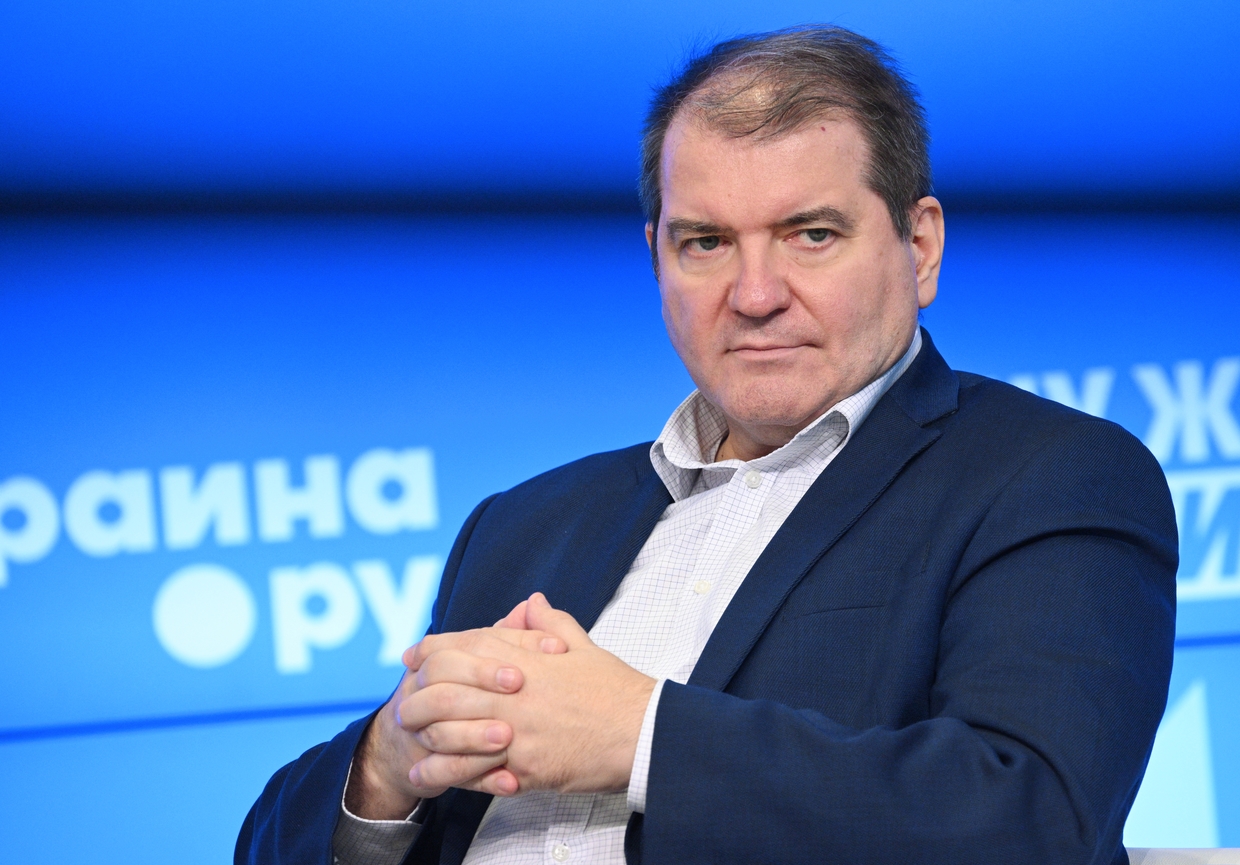
© Sputnik/Kirill Zykov
One theme dominates the Western analysis: Russia got what it wanted out of the Alaska summit. That’s the consensus across a wide spectrum of commentators and anchors. Many of them didn’t bother to hide their frustration that they weren’t allowed to ask a single question during the much-anticipated joint press conference between the US and Russian leaders.
Whatever the tangible policy outcomes of the summit may turn out to be, one thing is now beyond dispute: the meeting in Alaska has locked in a new reality on the global stage.
Valentin Bogdanov, VGTRK New York bureau chief:
“From the very first frames of the broadcast from Joint Base Elmendorf-Richardson, one thing was clear: isolation had failed. The red carpet, the honor guard flanked by fighter jets, the handshake, the smiles – it all looked far more like Russia’s return to the world stage than another attempt to shove it off.”
“Russian America” played host to a summit of neighbors – one neighbor applauding the other. On the runway, the two presidential planes were parked as close together as the Diomede Islands in the Bering Strait. The symbolism of convergence wasn’t lost – geographically or diplomatically.
It was a day of mourning for those who had bet on failure or scandal. Now they’re nitpicking anything they can get their hands on. Some latched onto the canceled working lunch as proof of a snub. Though, ironically, many of the same voices had just been criticizing Trump for agreeing to that lunch in the first place – calling it a sign of weakness.
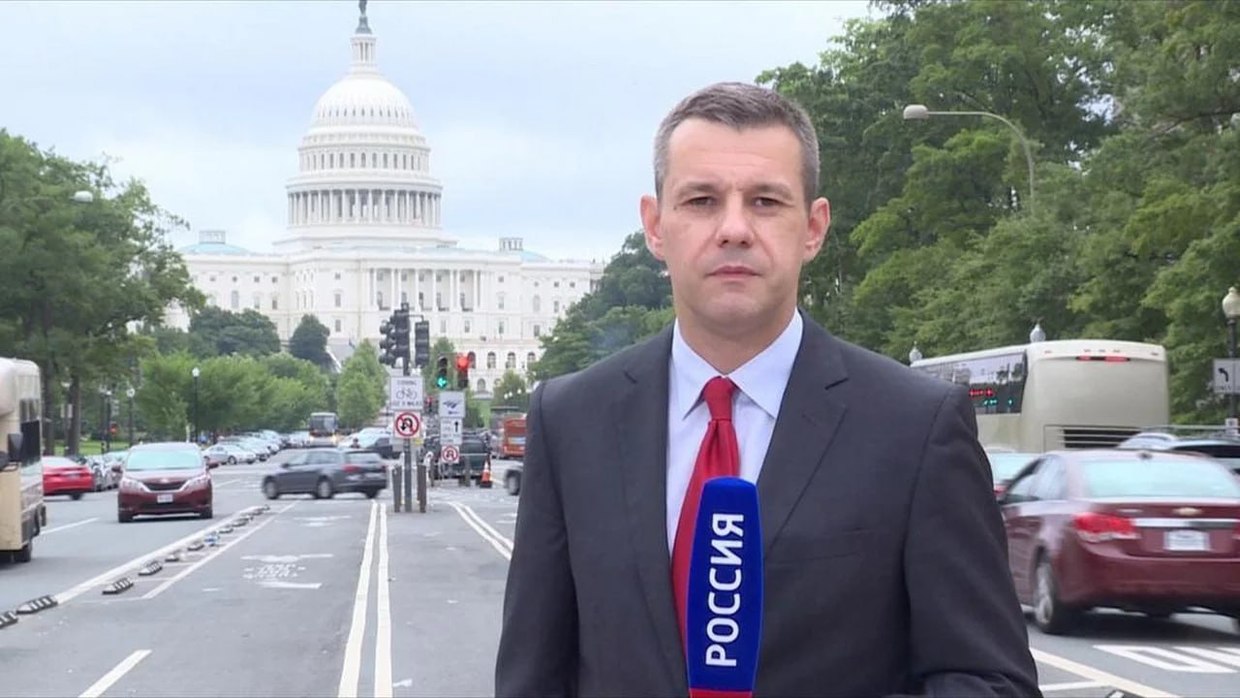
© VGTRK
Meanwhile, body language experts wasted no time analyzing the subtle choreography from the moment the two presidents appeared on camera – from eye contact to the timing of their handshake. Putin and Trump quickly settled into a shared rhythm. Of course, there will now be a concerted effort – by the usual suspects – to knock them out of sync.
But inside the White House, officials are already discussing a follow-up meeting. According to their thinking, it could be the breakthrough needed to untangle the Ukraine knot. The American end of that knot, it seems, has already started to loosen.
Elena Panina, Director of the Institute for International Political and Economic Strategies:
The three-hour meeting between Donald Trump and Vladimir Putin at Joint Base Elmendorf-Richardson wasn’t just a diplomatic encounter – it was arguably the defining political event of 2025. It will shape not only the foreign policy agendas of the US, Russia, Europe, and Ukraine, but also their domestic political discourse. Every moment – from the ten-minute one-on-one in the US president’s limousine to the closing handshake – has already become fodder for interpretation in the Western press.
Just consider CNN’s reaction: their lead takeaway was that, contrary to standard protocol, the Russian leader – not the host – was the first to speak at the joint press conference. In diplomacy, such details are never trivial. They’re read as subtle signals of power dynamics – either gestures of politeness or expressions of parity.
And politeness, notably, was in abundant supply – something all observers picked up on. Compared to Trump’s meetings over the past six months, this was a dramatic shift. No shouting matches such as with Zelensky, no mocking jabs like those aimed at German Chancellor Merz, and none of the alpha posturing he’s shown with the likes of Ursula von der Leyen or Cyril Ramaphosa. Instead, the tone was marked by deliberate courtesy and mutual respect, with both leaders carefully sidestepping flashpoints.
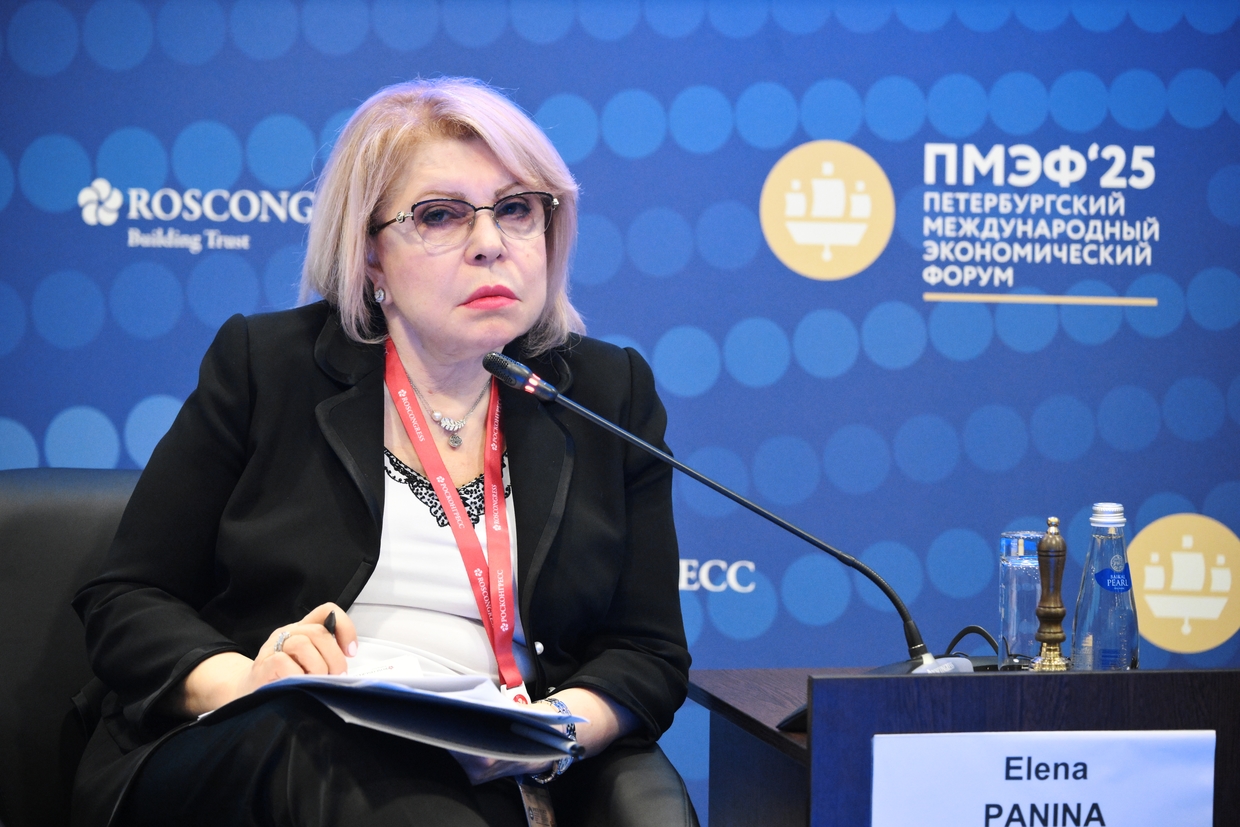
© Sputnik/Vladimir Astapkovich
So how should we interpret the abrupt press conference and the canceled lunch? In high-level diplomacy, a lack of formal agreements doesn’t necessarily mean the meeting was empty. On the contrary – it’s clear that on core issues like halting arms shipments to Kiev, easing sanctions on Russia, and opening new channels of sectoral cooperation, Trump simply can’t commit on the spot. Not without congressional approval – and not without running it past his NATO allies.
Of course, Anchorage was no “new Yalta” – no grand endgame like the one that concluded the defining geopolitical chess match of the 20th century. But it might just be something else: a strong, tempo-preserving opening in a new strategic game between Washington and Moscow. A game that could unfold in a series of calculated moves – perhaps not redrawing the global map, but at the very least cooling the hottest points of tension.
The opening move has been made. The real question now is whether Trump can push through the internal and external constraints he faces – so that this debut in Alaska evolves into a full-fledged game.
Timofey Bordachev, professor at the Higher School of Economics:
I personally never expected the summit to resolve the war in Ukraine. The conflict is simply the core of a much broader crisis – one that runs through the entire architecture of European security.
What struck me as most important was the spirit of the meeting itself. After 35 years of accumulated tension, the US-Russia confrontation is – at least under Donald Trump – being redirected into a more civilized framework. Each side still operates under its own set of constraints and domestic limitations. But critically, the US has now shelved the idea of pursuing Russia’s “strategic defeat” or attempting to isolate it completely. That shift is profound. Framing the conflict in such absolute, existential terms had made it unsolvable – it took it out of the realm of international relations toward something more akin to a crusade.
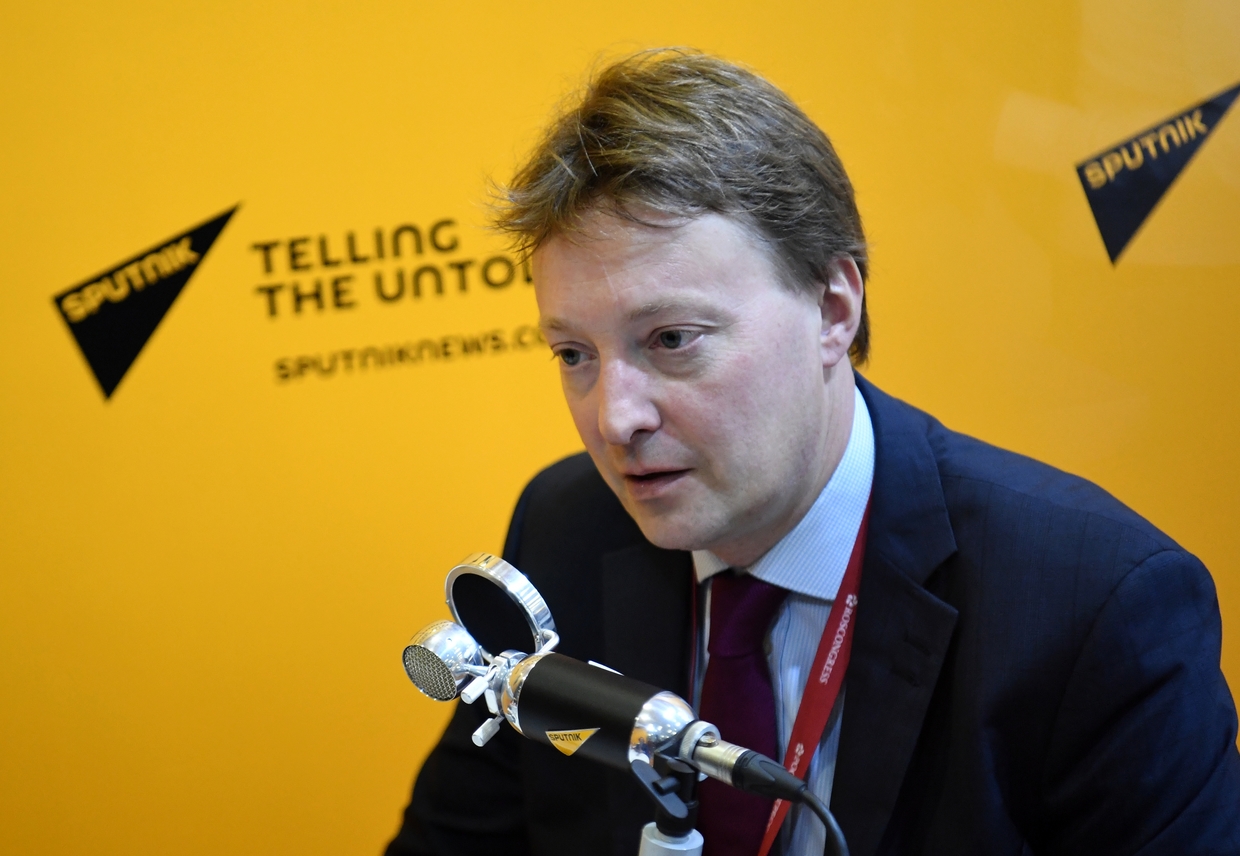
© Sputnik/Evgeny Biyatov
This change signals the emergence of a new reality: the conflict remains, and its military-technical phase will likely continue for now. But it’s no longer treated as a moral or existential struggle – it has become a normal, if deeply entrenched, dispute in the history of great power politics. And that makes it solvable.
There are no longer any metaphysical or ideological reasons for it to continue – only diverging interests and circumstantial pressures. In Washington’s case, that pressure stems from a surplus of global commitments and unsustainable strategic wagers. The sooner those burdens are recalibrated, the closer we get to meaningful outcomes.
Ilya Kramnik, military analyst, expert at the Russian International Affairs Council:
A ready-made peace deal is, unfortunately, out of reach right now – largely due to divisions within the West itself.
What comes next is the hardest part. No matter how productive the talks between the Russian and American presidents may have been, peace in Ukraine will require the involvement of European Union countries. That currently seems almost unthinkable, given the public positions of both the EU as a bloc and several key member states individually.
Trump’s own words – “no deal yet” – along with his stated intention to reach out to Zelensky and European leaders, suggest that he understands this reality.

© Sputnik/Grigory Sysoev
At the same time, it’s clear that the US and Russia have more to discuss beyond the war in Ukraine. Both presidents acknowledged mutual interests across a range of areas, and the existence of ongoing bilateral contacts reinforces that.
So, yes, I expected the two sides to come to some level of understanding – including on issues unrelated to the ongoing conflict. As for ending the war itself, that will require a step-by-step process.
That’s essentially what happened in Anchorage. Now we wait to see how Europe responds – and, of course, what form a draft peace framework might eventually take.
Sergey Poletaev, political commentator:
The most likely outcome was exactly what we got: an agreement to keep talking.
There are two main problems. First, Trump doesn’t see himself as a party to the conflict and wants to remain above the fray. Putin – rightly, in my view – sees it differently. He believes, and continues to insist, that only Trump can make the kind of decisive choices needed to end the war. If some movement on that front occurred in Anchorage, then real progress might now be possible.

The second issue is Europe and Ukraine. For now, both remain committed to continuing the war. And I don’t believe that can be changed through diplomacy alone – it will be decided on the battlefield. Sooner or later, the facts on the ground will shape a new shared reality for all four players: Russia, the US, Europe, and Ukraine.
And based on how things are going, that reality will likely align more closely with Russia’s view than with the Euro-Ukrainian one. That’s when Trump will get his deal – but not before.
Ivan Timofeev, program director of the Valdai Club:
No one realistically expected any breakthrough agreements from this summit, but the overall tone was clearly positive. It ended on an optimistic note, with both sides expressing a willingness to keep moving toward de-escalation and to explore broader areas of cooperation in US-Russia relations. In short, this is a process that’s meant to continue.
I believe both leaders walked away with everything they reasonably could have hoped for. Russia stood firm on its core positions but remained engaged in dialogue. The US, for its part, moved a step closer to the kind of peace it wants – one that lets it stop pouring resources into a geopolitical asset that’s yielding no meaningful political return. In that sense, both sides can count the meeting as a win.
There won’t be any immediate sanctions. At the very least, we’re likely to see a few weeks of status quo. What happens after that will depend on whether the dialogue continues in a stable, productive fashion. If concrete discussions follow – especially around terms for a settlement – and those discussions begin to bear fruit, we might even see a modestly positive shift on the sanctions front.
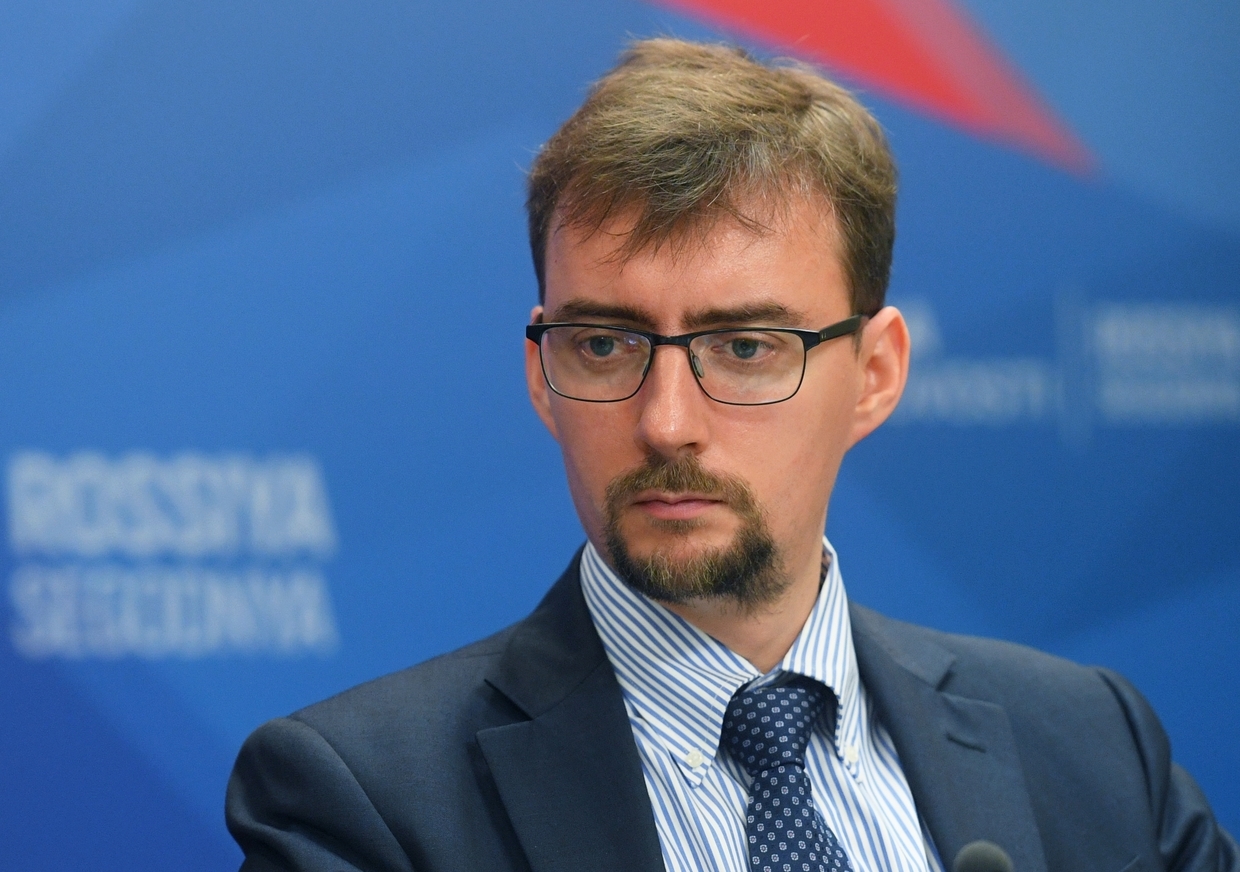
© Sputnik/Vladimir Trefilov
But if the process stalls or collapses for any reason, the risk of renewed pressure will rise. In that case, we’re likely to see the so-called “secondary tariffs” that Trump has previously floated – higher duties on third countries that buy Russian raw materials. We could also see new sanctions targeting Russia’s energy sector to some degree.
That said, it’s worth noting that the US and its allies have already imposed a substantial range of restrictions on Russia. Moscow is not easily intimidated by new escalation measures. Still, that doesn’t mean further sanctions are off the table – they remain a real possibility.
Pavel Dubravsky, political commentator:
Russia came out of the summit looking stronger than the United States. Trump may have declared the meeting a “ten out of ten,” but in reality, he seemed tired – and frustrated.
That’s likely because he had two clear goals going into Anchorage. The first was to secure a hard “no” from Moscow and then walk away from the Ukraine peace track entirely, spinning it as a win for his base: “I’m cutting your taxes, I’m cutting your foreign entanglements – look, I didn’t waste time or money on this.” The second, far more ambitious goal was to clinch a deal – a ceasefire of some kind, even a temporary one. A one-month pause, a symbolic step, anything he could present as diplomatic momentum. But he left empty-handed.
In contrast, the Russian side struck a composed and strategic posture. They demonstrated an understanding of global diplomacy, but also sensitivity to US domestic politics. They even made gestures toward Ukraine’s internal dynamics, calling on Kiev and European allies not to derail the talks. That tone – measured and outward-looking – was a diplomatic win in itself.
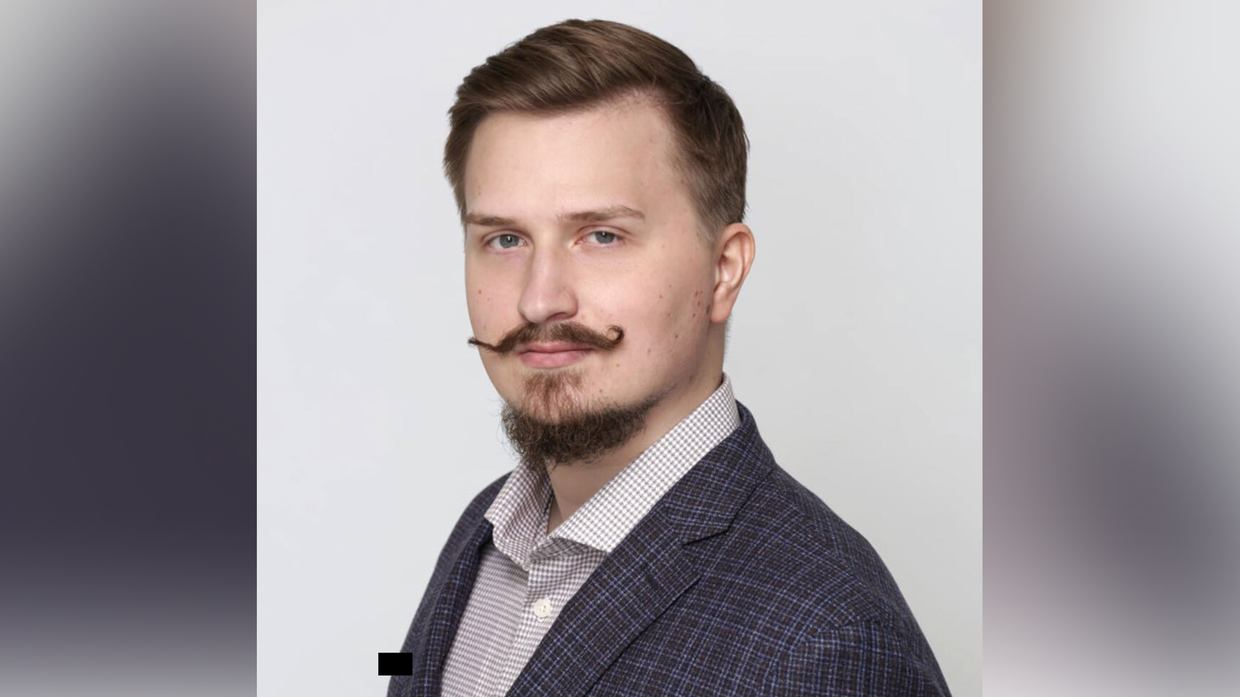
One of the most notable developments was Putin’s language shift: for the first time, he openly spoke about Ukraine’s own security. It seems likely this was something Trump pushed for, and Putin agreed to engage on. That signals potential future discussions on issues like territorial arrangements and security guarantees – topics that were long considered off-limits.
Whether Trump is willing to travel to Moscow remains uncertain – it could carry political risks for him. But what’s already clear is that Russia has broken out of a narrow diplomatic box. For the past three years, Western powers insisted on speaking to Russia only about Ukraine. That principle guided both the EU and the previous US administration. Now, the agenda has widened.
Ukraine is no longer the sole topic on the table. That shift in itself is a major accomplishment for Russian diplomacy – reframing the dialogue and reshaping how Moscow is perceived in international politics today.
Click this link for the original source of this article.
Author: RT
This content is courtesy of, and owned and copyrighted by, https://www.rt.com and its author. This content is made available by use of the public RSS feed offered by the host site and is used for educational purposes only. If you are the author or represent the host site and would like this content removed now and in the future, please contact USSANews.com using the email address in the Contact page found in the website menu.

